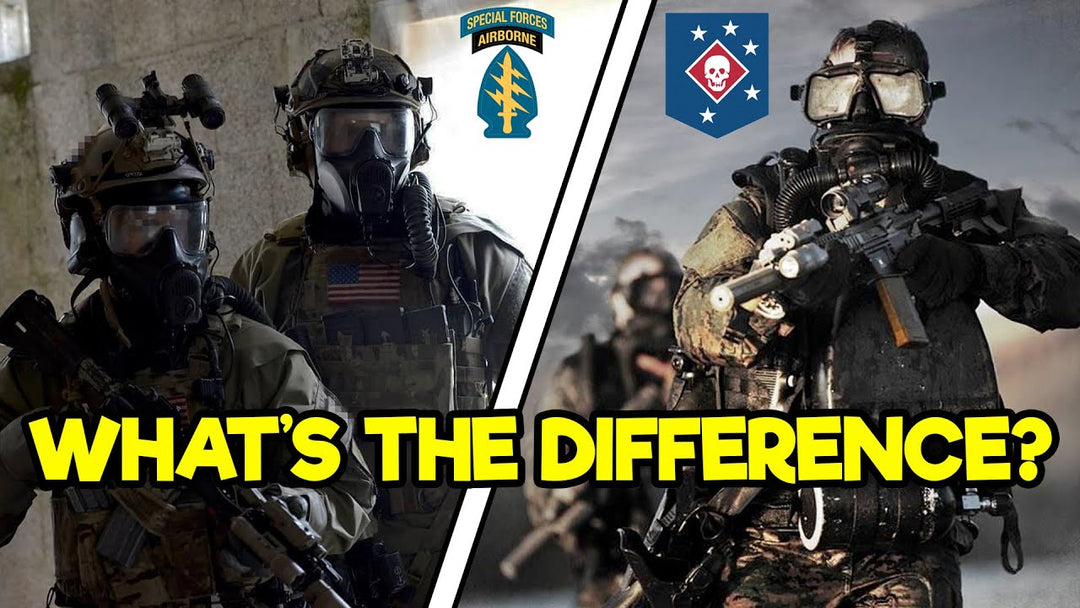The U.S. Army National Guard in a Nutshell

The Army National Guard is a reserve component of the United States Army. It falls under the National Guard Bureau, which contains both the Army and Air National Guard. They actually have a Space National Guard in seven states. Wild, isn’t it? But we’re just focusing on the Army in this blog post. Do you know the difference between the Army National Guard and the Army reserves? You will after you finish reading this blog post.
If you’re interested in learning more about the Army National Guard, what opportunities you have, what makes it different from active duty and the reserves, the pay, and much more, keep on reading.
TABLE OF CONTENTS
U.S. ARMY NATIONAL GUARD: OVERVIEW
U.S. ARMY NATIONAL GUARD: OPPORTUNITIES
U.S. ARMY NATIONAL GUARD: TRAINING, REQUIREMENTS & BENEFITS
U.S. ARMY NATIONAL GUARD: PAYMENT
U.S. ARMY NATIONAL GUARD: CONCLUSION
U.S. ARMY NATIONAL GUARD: OVERVIEW

The Army National Guard responds to domestic emergencies, overseas combat missions, counterdrug efforts, reconstruction missions, and much more.
While it is technically not considered its own military branch, it has a seat in the Joint Chiefs of Staff with the National Guard Bureau. The Army National Guard is composed of units from each of the fifty states, Washington, DC, as well as the U.S. territories of Guam, the Virgin Islands, and Puerto Rico. That totals 54 organizations. Each governor of these states and territories serves as the Commander in Chief for the guardsmen stationed in them when they are not under federal control. That’s what makes it different from the reserves; a national guardsmen has a state AND federal mission, whereas Army Reserve personnel are ONLY controlled by the federal government. If a hurricane, natural disaster, or something else that’s bad happens in a state, the National Guard would be the ones to respond, not the Army Reserves.
U.S. ARMY NATIONAL GUARD: OPPORTUNITIES

So what makes the National Guard so attractive to people? Well, chances are, you’ll be working part time for most of your contract. A majority of National Guardsmen serve part-time, serving only one weekend a month and two weeks in the summer per year. Of course, that’s the bare minimum, and you’ll serve under an active duty status when you deploy or are going through your initial training. You’ll have the opportunity to work very close to home, and you’ll be able to work full-time or go to school on top of your service. You can be an accountant on the weekdays and kicking down doors on the weekends. There are actually laws that prohibit companies from firing or punishing you for your National Guard obligations, so don’t fret about that if you’re thinking of joining.
Since the National Guard is a part of the Army, almost any job or MOS you can think of that is available in the Army is available to national guardsmen. In fact, there’s actually over 150 jobs you have to choose from. You can be anything from a cook, infantryman, doctor, lawyer, pilot, and you can even join Special Forces and be a Green Beret. Just keep in mind that your job and unit may influence how much you are activated and deployed, so while some guardsmen may never deploy, you could put yourself in a position where you spend a lot of time away from home.
You can even join the National Guard while you’re still in high school. It’s called the “Split Training Option”. After you finish your junior year, you can enlist and go to basic training in the summer before your senior year, and then go and complete your Advanced Individual Training once you graduate. Just keep in mind that you have to be seventeen years old to do this.
U.S. ARMY NATIONAL GUARD: TRAINING, REQUIREMENTS & BENEFITS

The training you’ll get to join the National Guard will essentially be the same as anything you’d do if you were joining the Army. You’d still go to basic training as usual, and complete your AIT before you’re able to go back home and serve part time. The same goes for the requirements; any requirements for the Army and specific MOS you want will apply to most things in the National Guard.
The benefits, however, are different. You’re serving part time, so you won’t enjoy the same benefits as your active duty counterparts do. This doesn’t mean you won’t get the same benefits down the road; it just means that off the bat, you won’t. Since you’re technically not on active duty once you finish your training, you won’t get the full benefits an active duty person would if you just served four years. It’s all about how many days you spend active. We won’t delve into details, as this is quite a complicated thing to explain in a blog post, but just know that you only get active duty days when you’re in training, on drill, or activated or deployed.
U.S. ARMY NATIONAL GUARD: PAYMENT

If you’re curious how much money you’d make each month in the Army National Guard, they have a pretty cool calculator for you to check out.
Want to know something else that’s cool? You can start getting paid by the National Guard before you even go to basic training. It’s called RSP, or the Recruit Sustainment Program. Depending on how long you have, from when you swear in to when you report to basic, you’ll be drilling under the RSP. There’s five phases to it, and during these phases, you’ll learn all about the guard, how to wear the uniform, which will prepare you for what lies ahead in your career.
Needless to say, the National Guard is a pretty sweet gig.
U.S. ARMY NATIONAL GUARD: CONCLUSION

If you want to learn more about the military, law enforcement, or government entities, we have a YouTube channel dedicated to providing the best info out there, plus we have a growing list of blog posts as well. Click the links to take you to them!
General Discharge is a veteran-owned, veteran-operated organization that is dedicated to providing the best U.S. Military and Law Enforcement information. With over 250 YouTube videos, over 45 million views, and hundreds of thousands of followers, we have contributed to the success and knowledge of both the current and future generations of service members.






Leave a comment